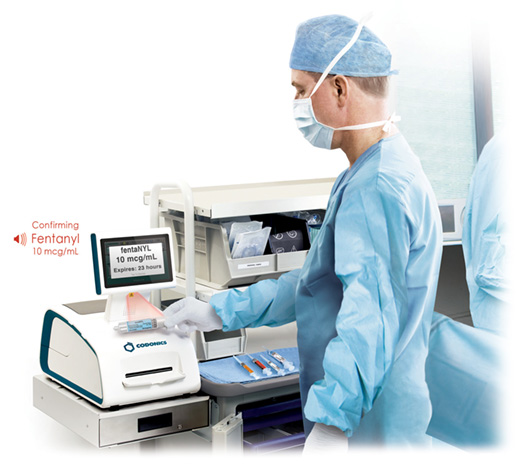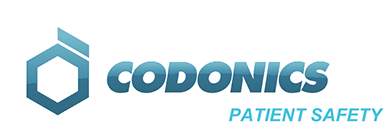Syringe Swaps
Overview
Anesthesiologists routinely handle and administer medications based on their assessment of the patient without the “safeguard” of an order that helps ensure safety through the five rights. Couple this with the copious multi-tasking that occurs in the fast-paced perioperative environment (patient monitoring, drug preparation and administration, documentation) and it becomes more apparent as to why syringe swaps rank among the three most common medication errors in the OR.

Even when a syringe is properly prepared and labeled, mistakes happen. Syringes often have similar appearance. Then, there’s inattention and haste – after all, we’re human. We make mistakes. In order to help reduce these errors, APSF and NPSG have recommended, in part, that facilities:
- Employ a barcode scanning system to identify medications before preparing and/or administering them (Eichhorn, 2010)
- Provide a standardized, machine-readable barcoded label on all drug containers and/or syringes dispensed to the perioperative setting, or employ a similar just-in-time labeling system that can be used in the surgical setting (Eichhorn, 2010)
- Employ an electronic mechanism to provide feedback, decision support, and documentation of important data during the perioperative encounter (Eichhorn, 2010)
- Provide large and loud visual and auditory stimuli targeting multiple senses to verify drugs and concentrations, and to communicate important alerts.
- Use color-coded labels indicating drug class and include Tallman lettering
How Safe Label System improves syringe safety
Safe Label System uses barcode technology to identify vial and ampoules. With a swipe of the medication’s barcode past SLS, the clinician is provided with both visual and audible confirmation of the drug in hand. SLS then produces a TJC-compliant label that meets ASA guidelines (and includes Tallman lettering if required) that is ready to apply to the syringe. This label also includes a barcode that enables the syringe to be “triple-checked” prior to administration. The clinician simply swipes the prepared syringe barcode past SLS. The system announces and displays the drug name and concentration along with the time remaining until the syringe expires. This added safety check helps ensure not only that the correct syringe is administered, but also ensures the syringe is not expired.
Codonics SLS-WAVE helps prevents syringe swaps
As part of a total solution, SLS-WAVE, an accessory to Safe Label System, is a robust and highly accurate “hands-free” scanner that integrates with Epic Anesthesia and Plexus Anesthesia Touch. Situated conveniently within the anesthesia workflow, SLS-WAVE can be affixed to the Epic monitor or an IV pole, keeping the patient within reach. On the way to the port, the clinician simply “waves” the barcode of an SLS prepared syringe (or most prefilled syringes) past SLS-WAVE and the drug name and concentration are visually displayed increasing safety by providing a “triple-check” of the medication prior to administration. SLS-WAVE electronically passes the NDC data to the AIMS/EHR workspace, significantly improving workflow. This additional safety check greatly decreases the chances of a syringe swaps and – for the first time – extends BCMA to the operating room to close the loop.
At Codonics, our priority is patient safety. Let us help you bring an end to preventable medication errors today by implementing technology that removes human error.
